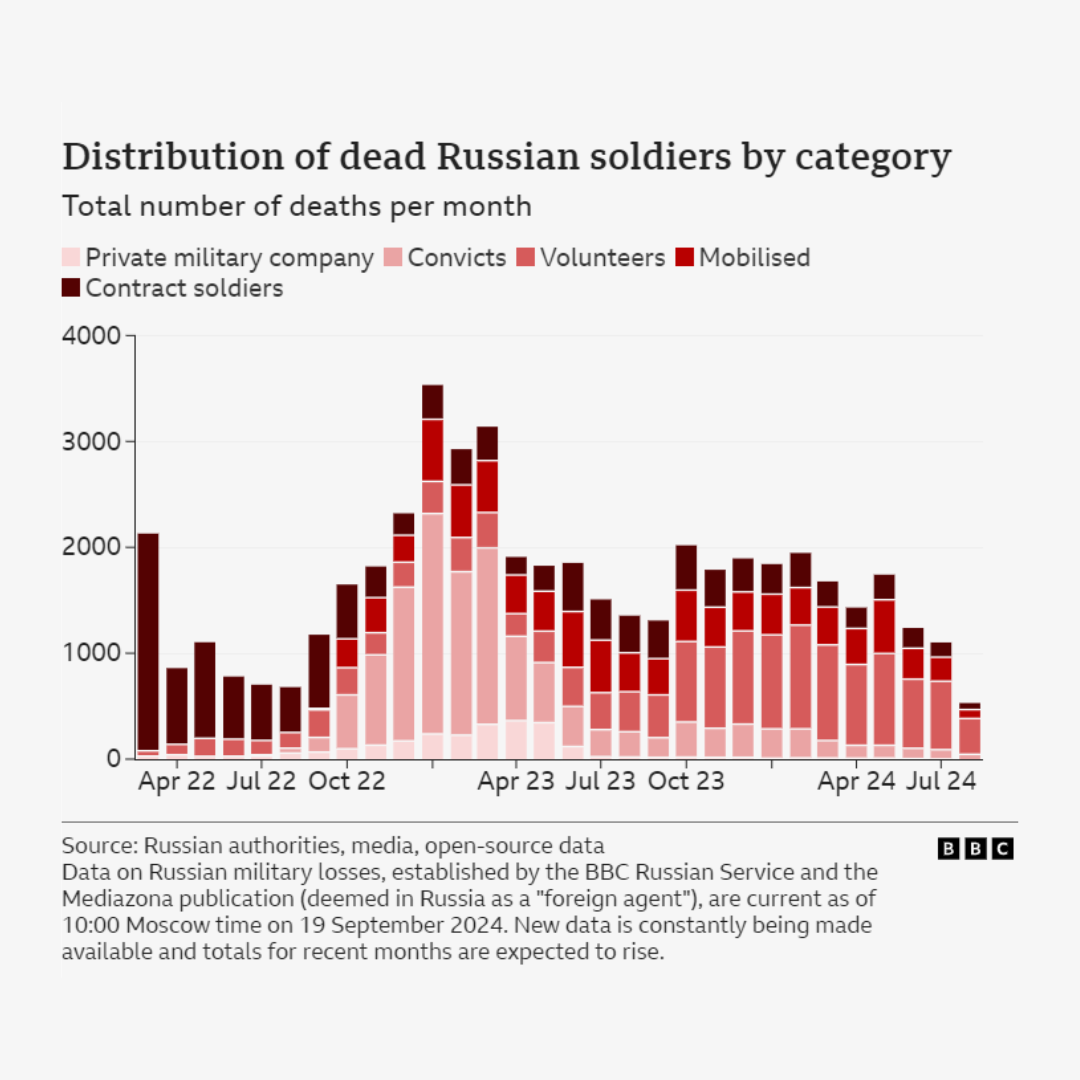More than two and a half years since Russia’s invasion, Ukrainian President Volodymyr Zelensky’s has set out a “victory plan” to western leaders in an urgent attempt to influence US policy on the war, regardless of who wins the US election in November. He has also told the United Nations Security Council that the war cannot be calmed by talks alone, but that Moscow must be forced into peace.
Zelensky has said very little so far about his victory plan except that it would act as a bridge to a second Ukraine-led summit on peace that Kyiv wants to hold and invite Russia to later this year. He added that if his plan is backed by the West, it will have a broad impact on Moscow, including a psychological one that could help compel Russian President Vladimir Putin to end the war diplomatically.
Russian UN Ambassador Vassily Nebenzia spoke up at the meeting to reject the 15-member council’s hosting of Zelensky. “Western countries could not refrain from poisoning the atmosphere once again, trying to fill the air time with the hackneyed Ukrainian issue,” Nebenzia said of the meeting.
Russia controls about 20% of Ukrainian territory and its forces in eastern Ukraine advanced at their fastest rate in two years in August, according to multiple open source maps, even though a Ukrainian incursion into Russia’s Kursk region sought to force Moscow to divert troops.
Heading towards another winter of fighting, the death toll on both sides continues to rise.
As noted in the Global Peace Index 2024, conflicts in Gaza and Ukraine were the primary drivers of the global fall in peacefulness, as battle deaths reached 162,000 in 2023. This was the second highest toll in the past 30 years, with the conflicts in Ukraine and Gaza accounting for nearly three-quarters of deaths, and Ukraine representing more than 50%. With no end in sight for both these major conflicts – and the war in the Middle East spreading to Lebanon – 2024 could see the highest number of conflict deaths since the Rwandan genocide in 1994.
Data from Russian sources, media, and open-source information illustrate that Russian casualties are drawn from several distinct groups. These include private military companies, convicts, volunteers, mobilized citizens, and contract soldiers. Over time, we’ve seen fluctuations in death tolls across these categories, particularly among the mobilized and convicts. After a significant surge in casualties in late 2022 and early 2023, deaths began to taper off. Despite these reductions, however, the trend still demonstrates that mobilised soldiers and convicts bear a substantial burden of the death toll. By mid-2024, the deaths of contract soldiers and convicts seem to stabilize, but the death tolls are consistently high across categories.

Russia has drawn heavily on convicts, in particular, to replenish its front-line forces, especially when military recruitment faced significant hurdles. Private military companies, such as Wagner Group, also contributed heavily to the casualties in the early months of 2023, underscoring their prominent role in offensive operations in regions like Bakhmut.
Meanwhile, on the Ukrainian side, its military is composed of regular soldiers, reservists, and territorial defense forces, augmented by volunteers from within Ukraine and abroad. The total Ukrainian death toll, though harder to quantify, is likely lower than Russia’s due to the defensive nature of their operations. Ukraine’s military has relied heavily on volunteers early on, but over time, there has been a greater emphasis on territorial defense forces and newly trained troops.
Foreign fighters, though a smaller contingent, have played a symbolic and practical role for Ukraine. However, unlike Russia, Ukraine has only recently appeared to have begun employing convicts in combat roles, while still focusing more on professional and volunteer military structures.
Ultimately, both sides continue to endure heavy losses.